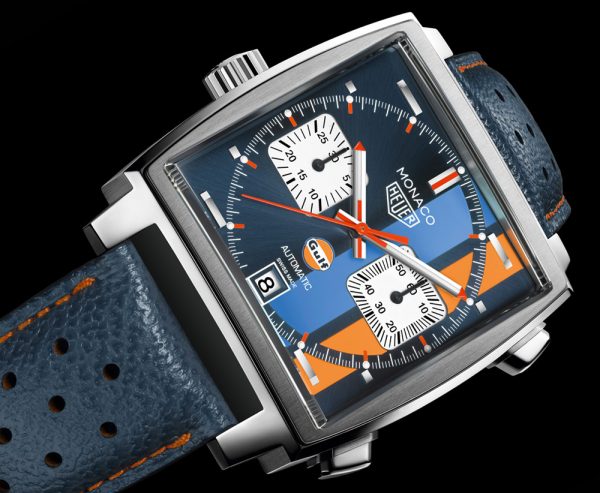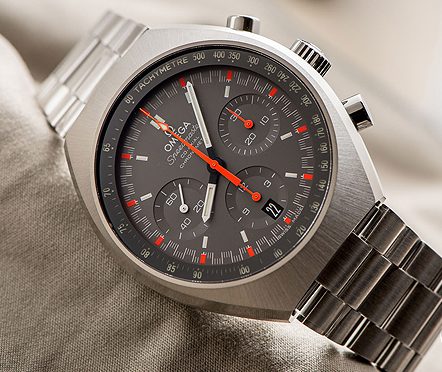The first IWC Ingenieur went on sale some time during the mid-fifties and was designed
Tag: AAA Quality Fake Watches
TAG Heuer Monaco Gulf Special Edition Fake Watches With Blue Leather Straps
Any watch brand would love to claim a truly “iconic” chronograph in their lineup, but
Comparative Review: The Modern and Vintage Omega Speedmaster Mark II Fake Watches
This article comes to us from the “Speedy Tuesday” archives, and focuses on my opportunity to

